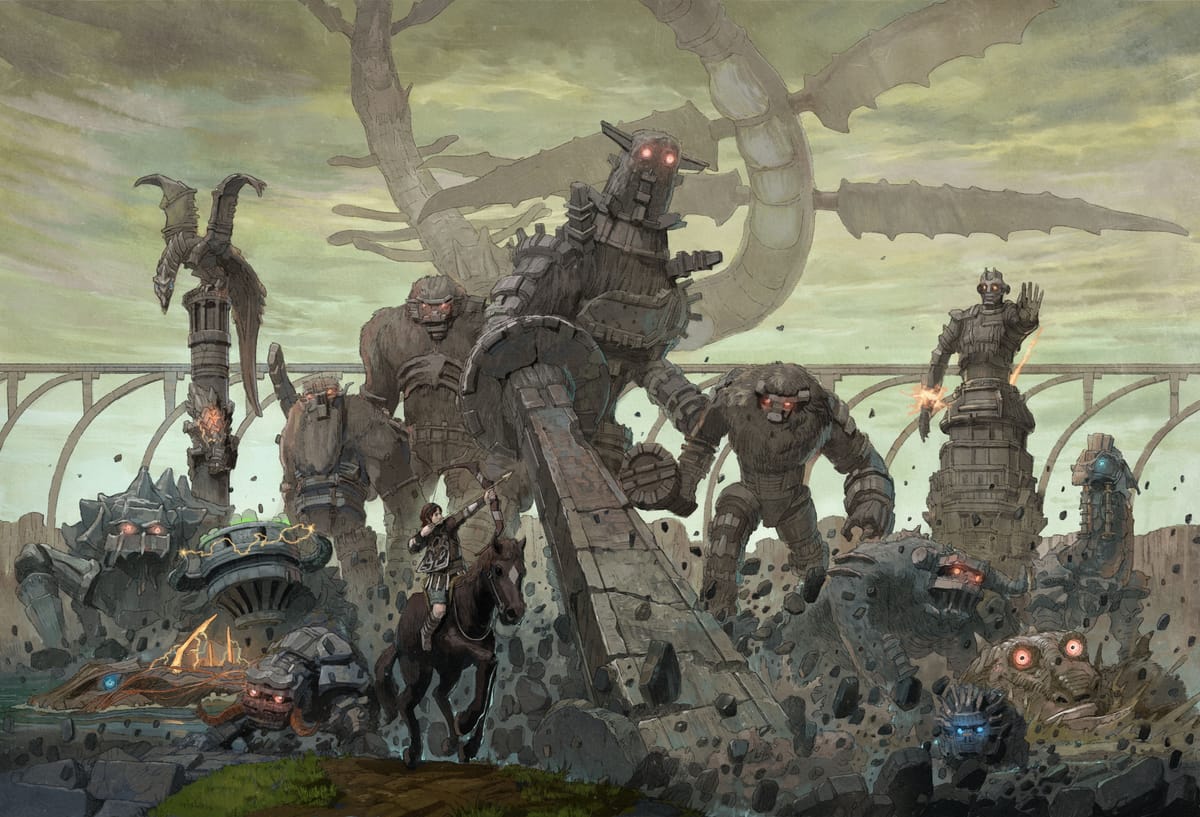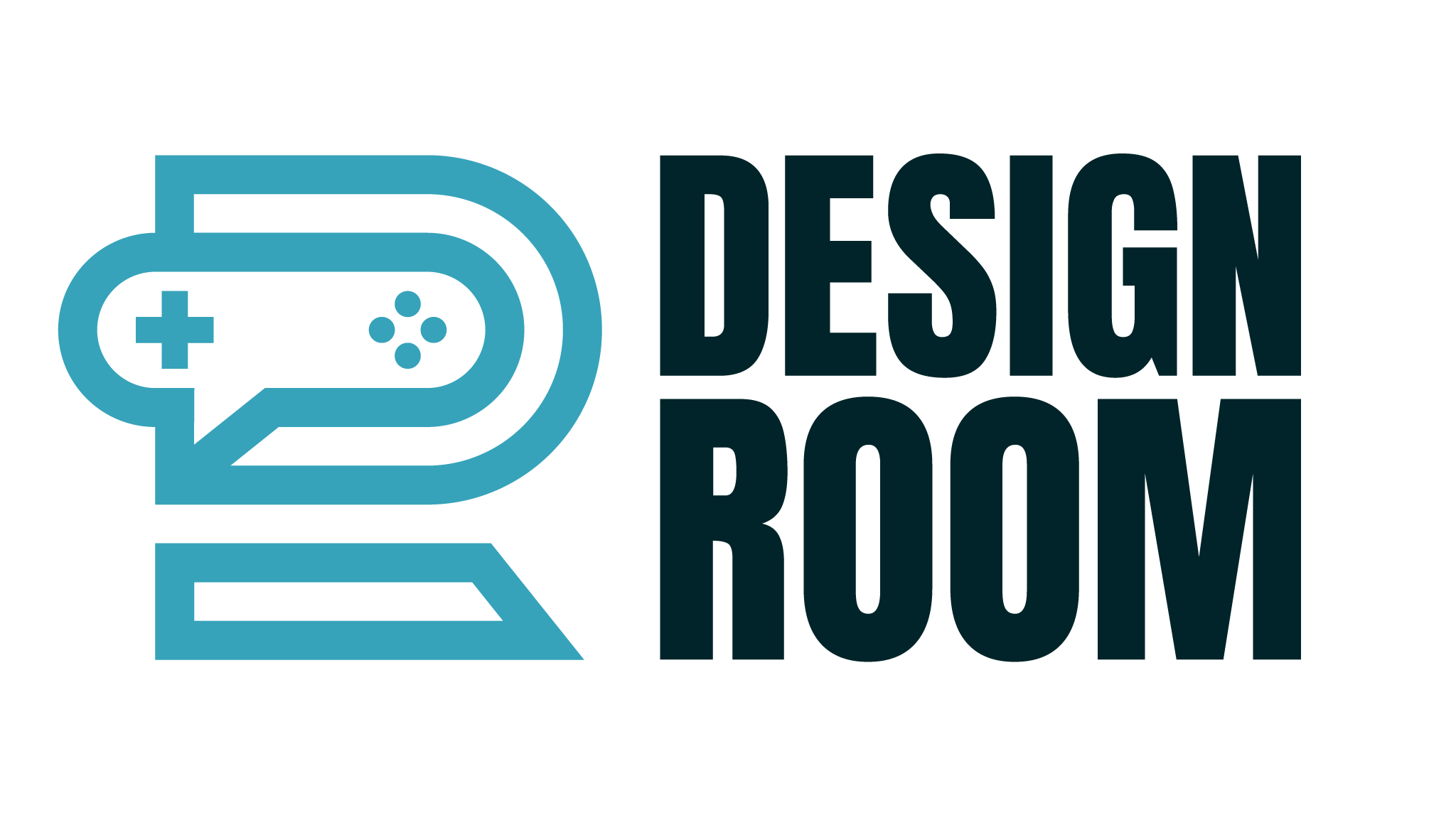Shadow of the Colossus: An oral history
Celebrate the 20th anniversary of Team Ico’s masterpiece by looking back with 11 people who worked on it (and three who didn’t).

Sitting down for an early 2000s internal Sony pitch presentation, Shawn Layden noticed something unusual. He was watching a concept video for the next project from the team behind cult-favorite adventure game Ico, and he thought the music sounded familiar.
Layden, then vice president of international software development at Sony Computer Entertainment Europe, loved what he saw of the game, which shared Ico’s ancient, pale art style but added giant monsters players could climb and kill. If it was anything like Ico, he figured, he was sold — and a more commercial take on the concept seemed like a no-brainer.
He couldn’t place the music, though, noting that the track fit perfectly as it built and welled up while characters on horseback raced across an open plain. Compared to Ico’s confined interiors, the world appeared grand and expansive, with the audio layering on the feel of a Hollywood blockbuster.
As it turned out, there was a good reason why.
“Later on, we found out that was actually the theme music to the original Spider-Man movie,” says Layden, referencing Sam Raimi’s 2002 film. The music was placeholder — meant to get the tone across for the pitch, but not to be released to the public (though a fan has since recreated it). “We probably violated some usage rights,” says Layden. “But, hey, it was 20 years ago, no harm done, and Sony owns the Spider-Man stuff anyway.”
It’s the kind of development anecdote that, for most games, wouldn’t be particularly notable. It’s not uncommon for teams to use unlicensed songs or assets for internal pitches, and the track never made it into the final game.
But Shadow of the Colossus isn’t most games. Over those 20 years, it’s developed a reputation as a minimalist, poignant experience. The kind of game that feels unaffected by pop culture. To some, it’s the best example to date of a game that should be considered art. Which makes for an unlikely connection to something as colorful and mainstream as Spider-Man — or at least, that’s how many fans see it.
Looking back on the game ahead of its 20th anniversary, we recently spoke to 14 people connected to it to get a better sense of how it came about, the challenges the team ran into, and the differences between what players perceive and what happens behind the scenes.
